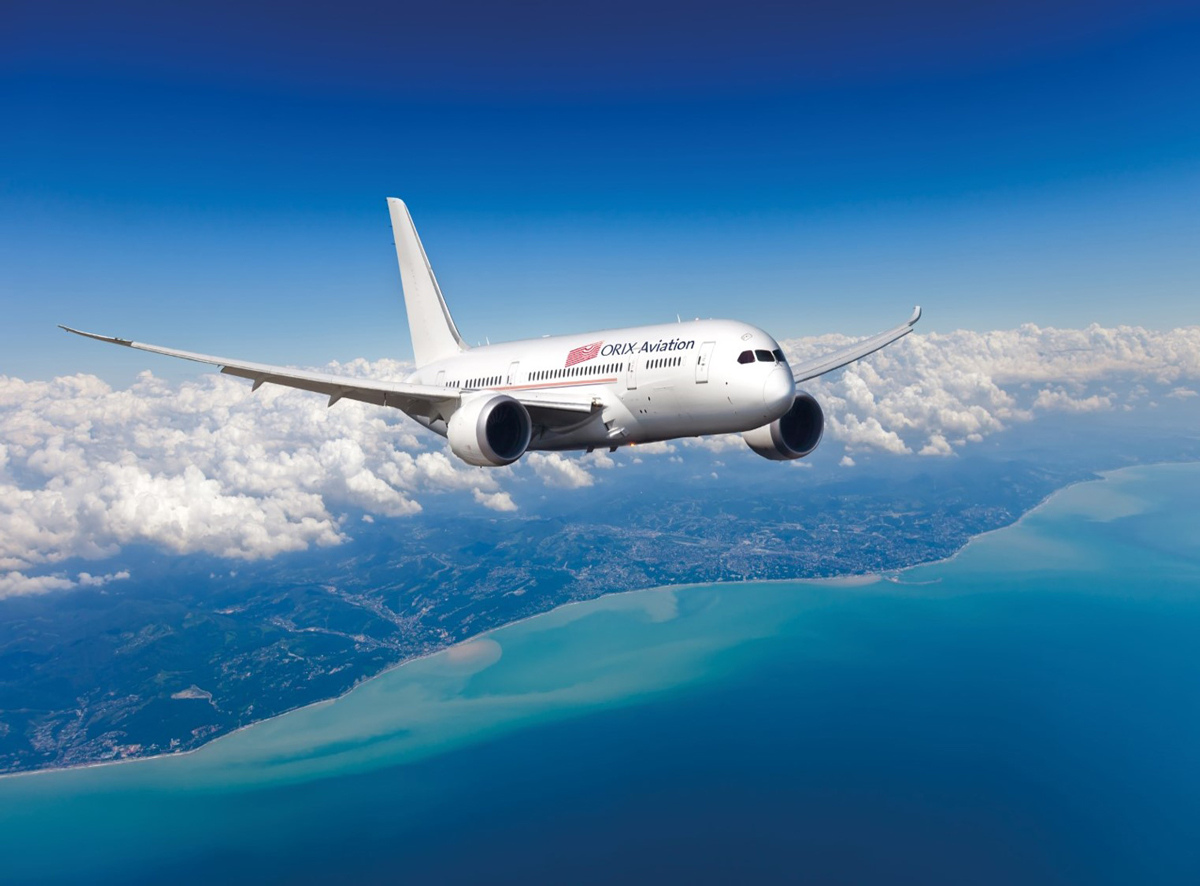
Ever wondered how airlines manage to keep their fleets updated without breaking the bank? Aircraft leasing companies play a crucial role in this process. These companies purchase aircraft and lease them to airlines, allowing carriers to expand or modernize their fleets without the hefty upfront costs. Leasing can be short-term or long-term, offering flexibility to airlines in a rapidly changing industry. But what exactly do these companies do, and how do they operate? From financing to fleet management, aircraft leasing companies handle a wide range of tasks that keep the aviation industry soaring. Let's dive into 16 intriguing facts about these essential players in the skies.
Key Takeaways:
- Aircraft leasing allows airlines to use planes without buying them, helping them save money and manage their fleets more flexibly. Ireland is a major hub for aircraft leasing companies due to favorable tax laws.
- Leasing aircraft offers benefits like reducing financial burden, updating fleets, and providing flexibility. However, it also comes with challenges such as financial risks, complex maintenance requirements, and intense competition.
What is Aircraft Leasing?
Aircraft leasing allows airlines to use aircraft without buying them outright. This practice helps airlines manage their fleets more flexibly and cost-effectively. Here are some fascinating facts about aircraft leasing companies.
-
Aircraft leasing companies own about half of the world's commercial aircraft fleet. This means airlines rely heavily on these companies to operate their services.
-
The two main types of aircraft leases are operating leases and finance leases. Operating leases are short-term, while finance leases are long-term and often end with the airline owning the aircraft.
-
Ireland is the global hub for aircraft leasing. Companies like AerCap and Avolon are based there due to favorable tax laws and a strong aviation infrastructure.
-
Aircraft leasing began in the 1970s. The practice grew rapidly as airlines sought more flexible options for fleet management.
Major Players in Aircraft Leasing
Several companies dominate the aircraft leasing market. These firms own and manage large fleets of aircraft, leasing them to airlines worldwide.
-
AerCap is the largest aircraft leasing company globally. It manages over 1,000 aircraft and serves around 200 customers in 80 countries.
-
GECAS (GE Capital Aviation Services) is another major player. It has a diverse portfolio, including narrow-body, wide-body, and regional jets.
-
Avolon, based in Dublin, is one of the fastest-growing leasing companies. It has a fleet of over 500 aircraft and serves airlines worldwide.
-
SMBC Aviation Capital, owned by Sumitomo Mitsui Banking Corporation, is a leading lessor with a strong presence in Asia.
Benefits of Aircraft Leasing
Leasing aircraft offers numerous advantages for airlines. These benefits make leasing an attractive option for many carriers.
-
Leasing reduces the financial burden on airlines. Instead of spending millions on purchasing aircraft, airlines can lease them for a fraction of the cost.
-
It allows airlines to update their fleets more frequently. Leasing enables carriers to replace older aircraft with newer, more fuel-efficient models.
-
Leasing provides flexibility in fleet management. Airlines can adjust their fleet size based on demand, adding or returning aircraft as needed.
-
It helps airlines manage risk. Leasing companies bear the residual value risk, meaning airlines don't have to worry about the aircraft's value depreciating over time.
Challenges in Aircraft Leasing
Despite its benefits, aircraft leasing also presents challenges. These issues can impact both leasing companies and airlines.
-
Aircraft leasing companies face significant financial risks. They invest large sums in purchasing aircraft, which may not always be leased out profitably.
-
Airlines may struggle with lease payments during economic downturns. Reduced passenger demand can lead to financial difficulties, making it hard for airlines to meet their lease obligations.
-
Maintenance and return conditions can be complex. Leases often include detailed requirements for aircraft maintenance and return conditions, which can be costly and time-consuming for airlines.
-
The market is highly competitive. Numerous leasing companies vie for business, driving down lease rates and squeezing profit margins.
The Final Word on Aircraft Leasing
Aircraft leasing companies play a crucial role in the aviation industry. They provide airlines with the flexibility to expand fleets without the massive upfront costs of purchasing planes. This helps airlines manage cash flow and adapt to market demands quickly. Leasing also allows airlines to operate newer, more fuel-efficient aircraft, reducing operational costs and environmental impact.
These companies often have extensive networks and relationships with manufacturers, which can lead to better deals and quicker delivery times. They also handle maintenance and regulatory compliance, easing the burden on airlines. However, leasing isn't without its challenges. Airlines must carefully manage lease terms and conditions to avoid financial pitfalls.
Understanding the ins and outs of aircraft leasing can help airlines make informed decisions that benefit their operations and bottom line. It's a dynamic sector that continues to evolve, offering both opportunities and challenges for the aviation industry.
Frequently Asked Questions
Was this page helpful?
Our commitment to delivering trustworthy and engaging content is at the heart of what we do. Each fact on our site is contributed by real users like you, bringing a wealth of diverse insights and information. To ensure the highest standards of accuracy and reliability, our dedicated editors meticulously review each submission. This process guarantees that the facts we share are not only fascinating but also credible. Trust in our commitment to quality and authenticity as you explore and learn with us.


